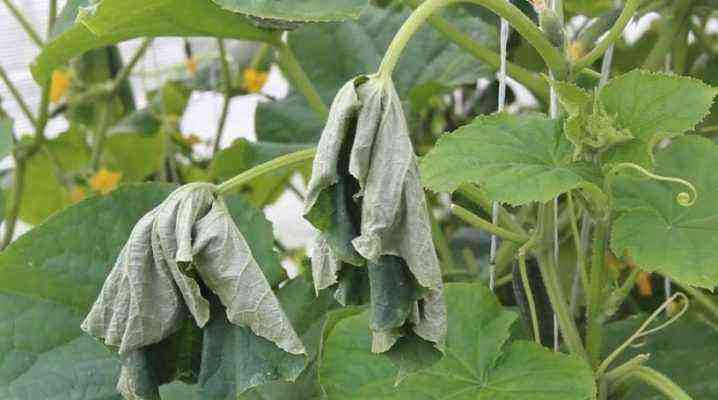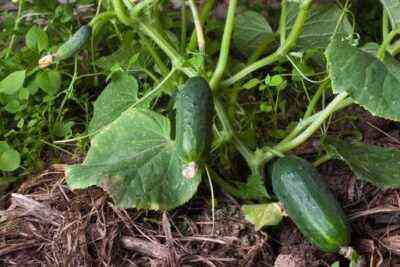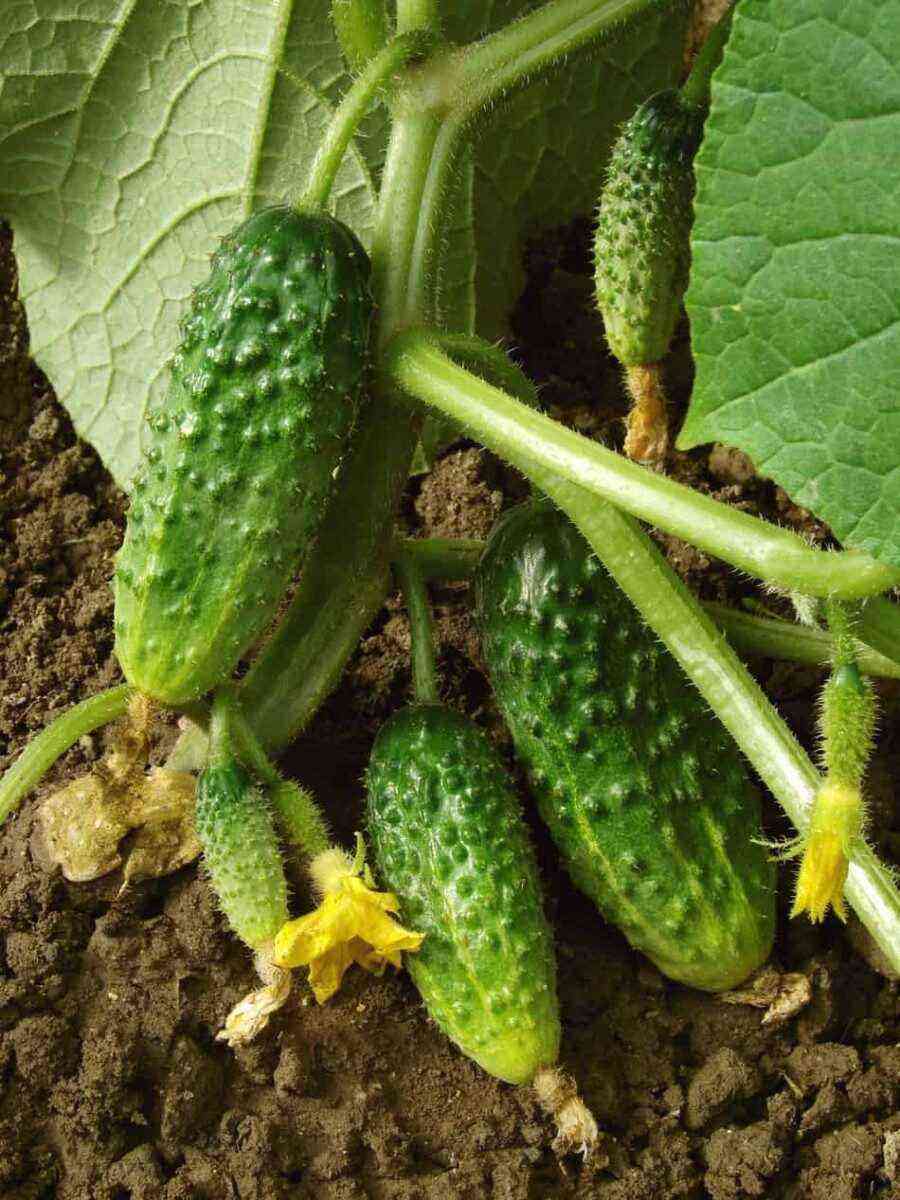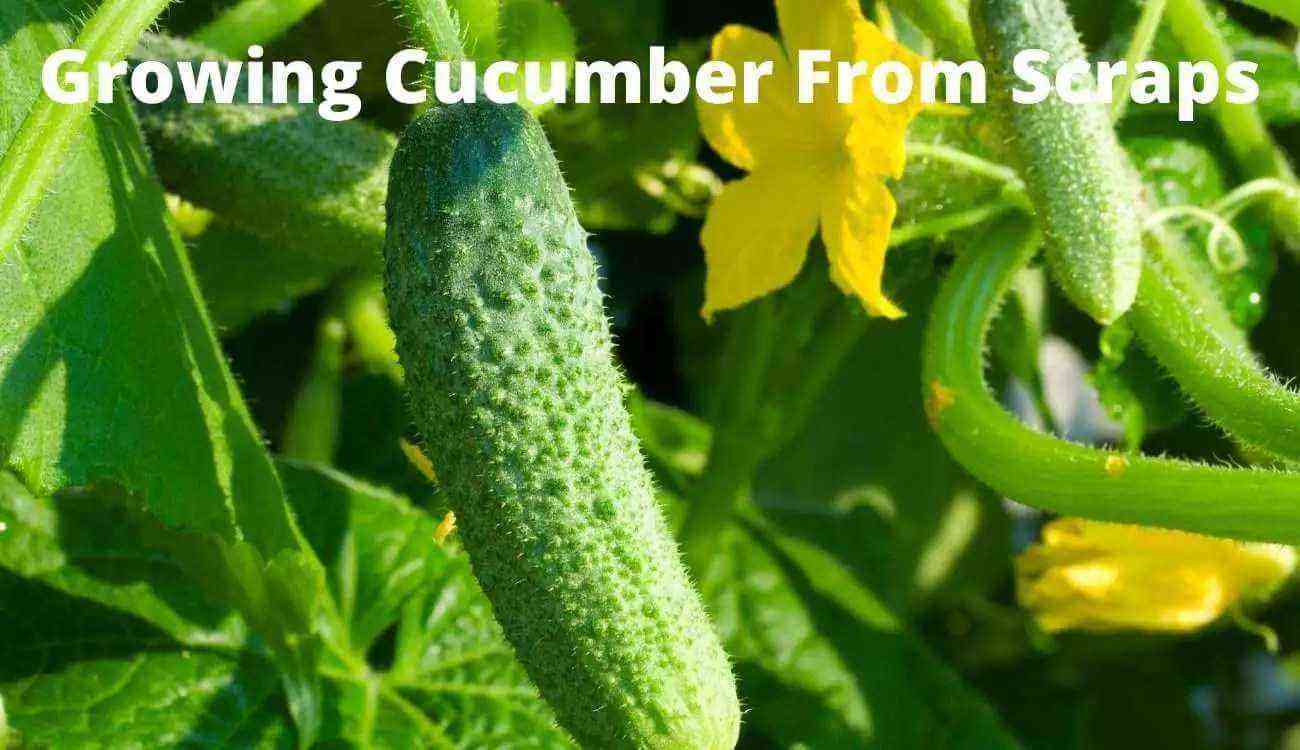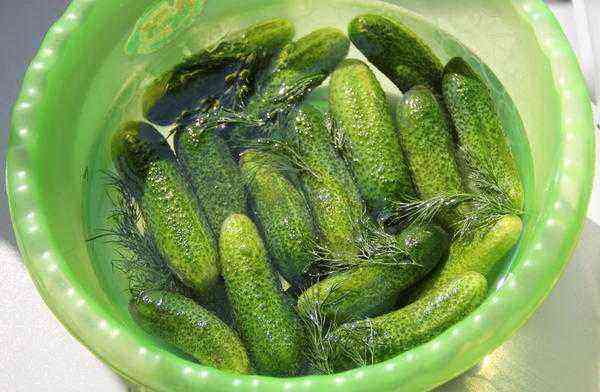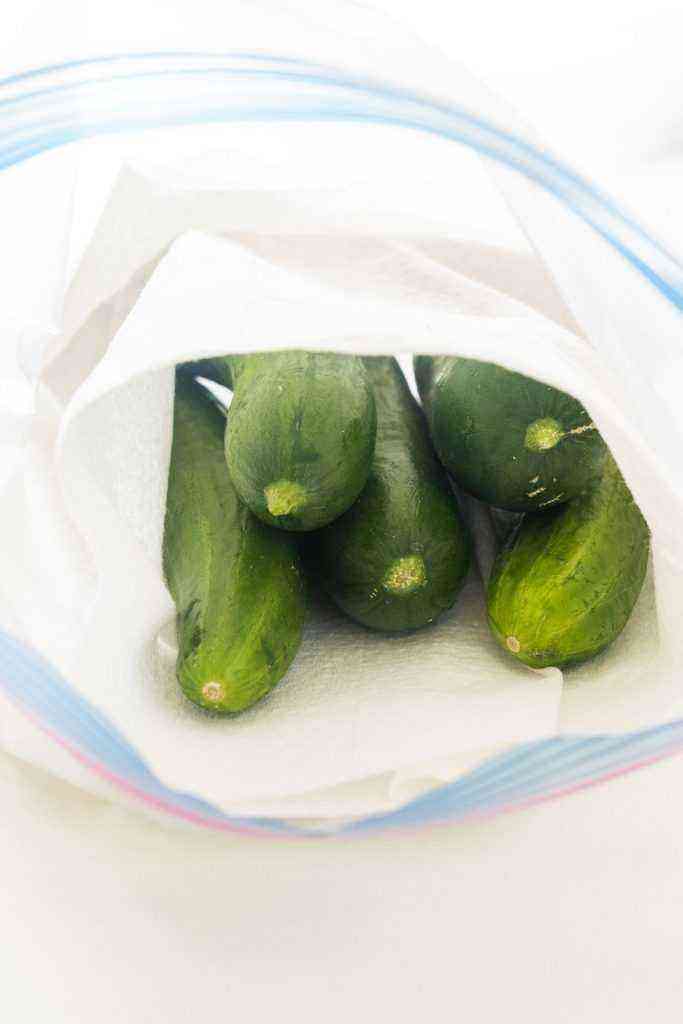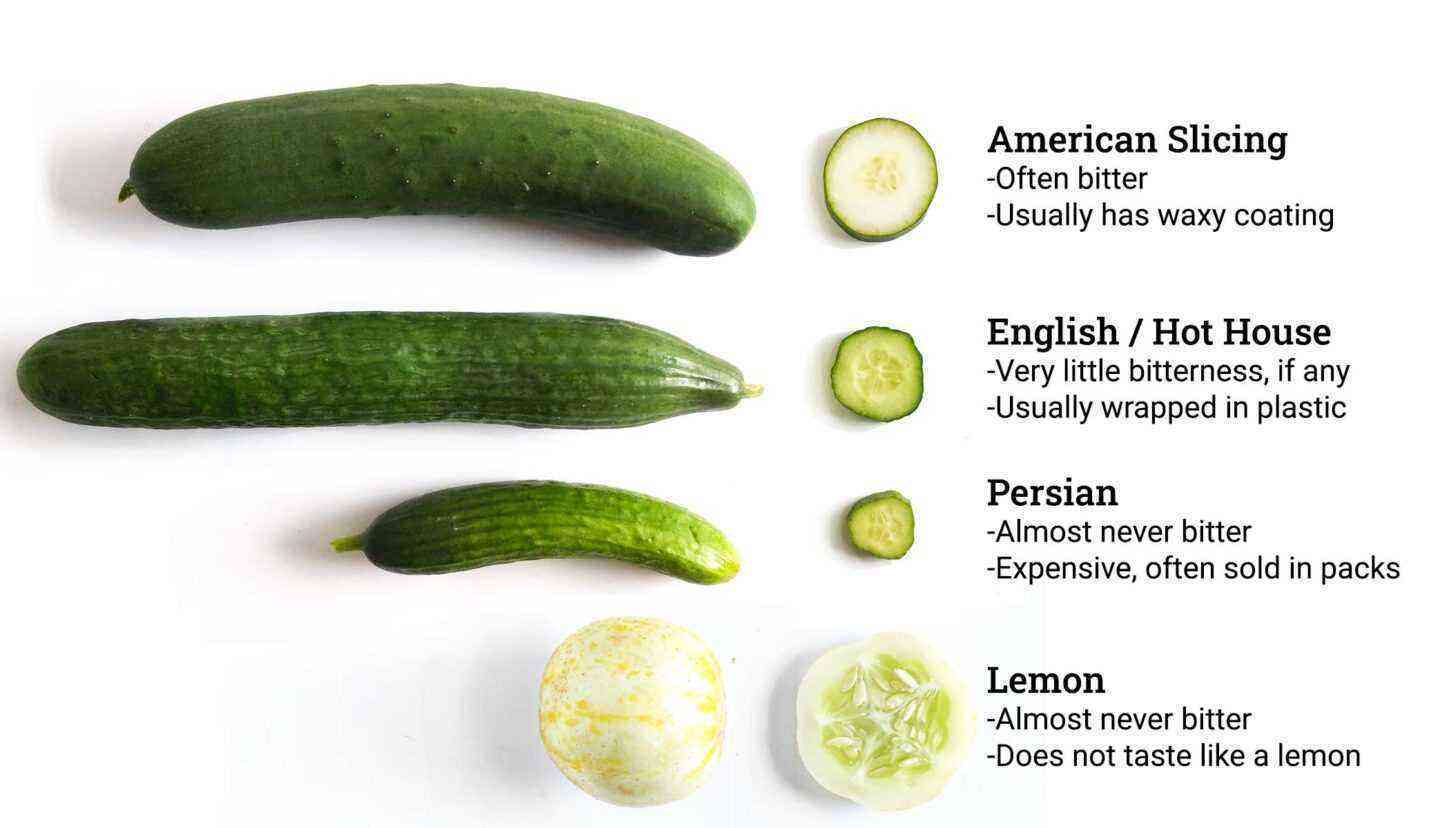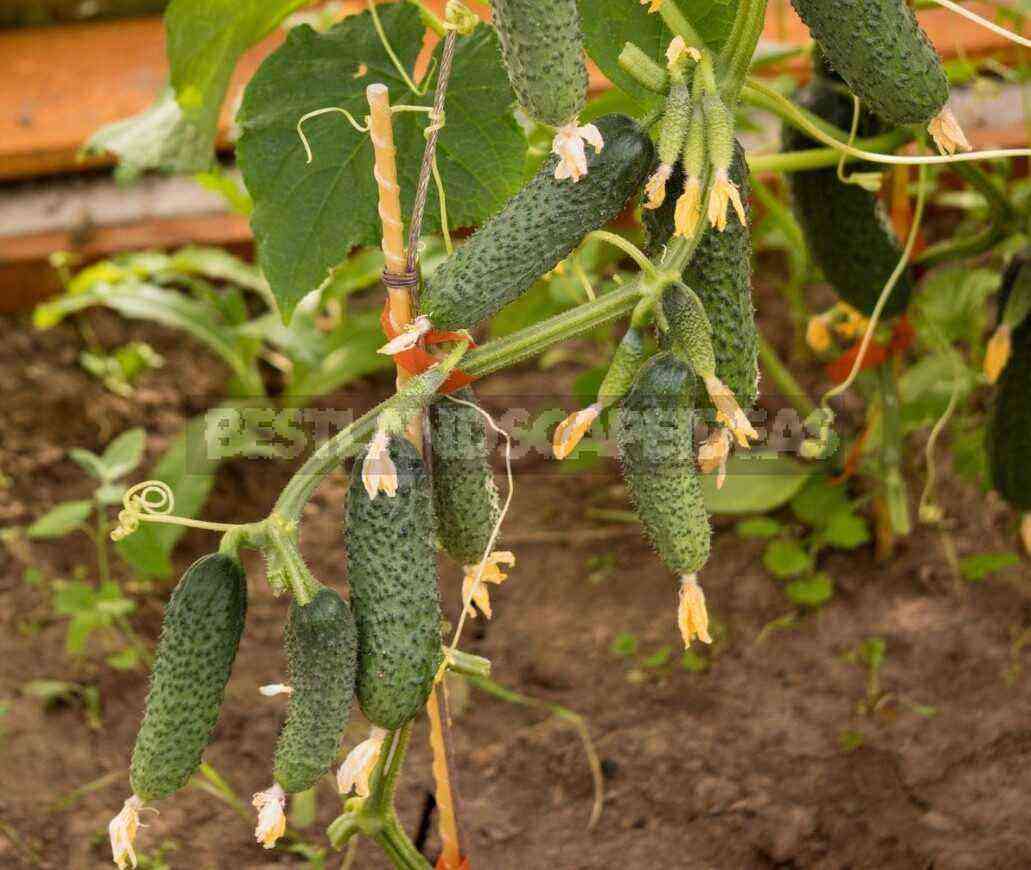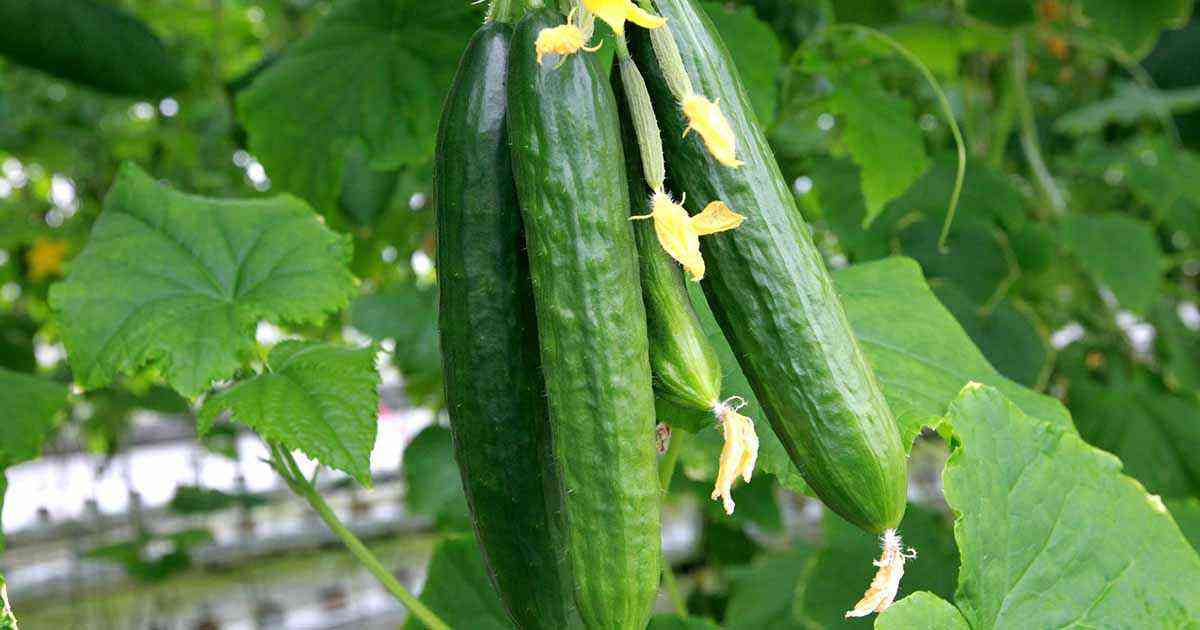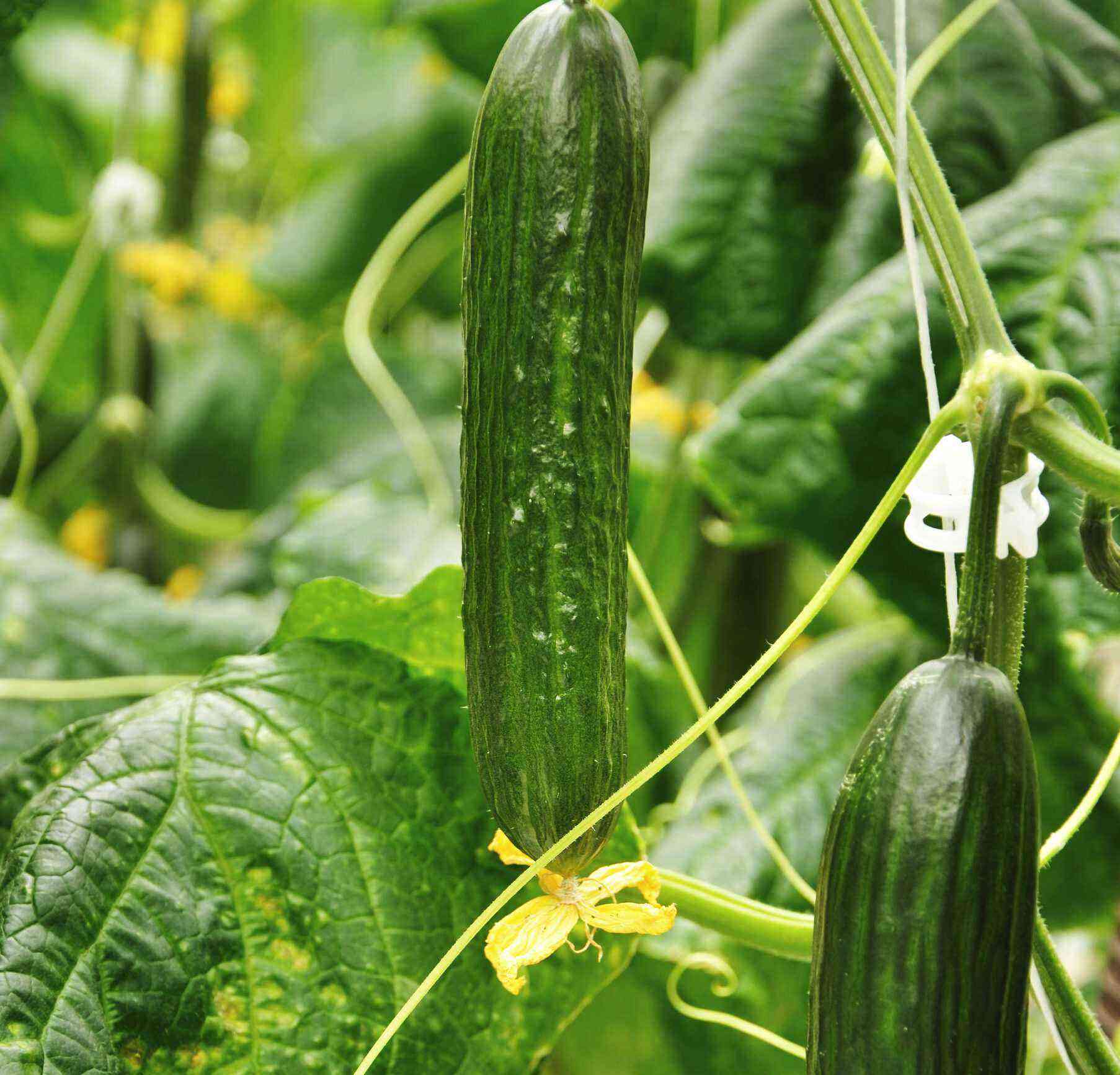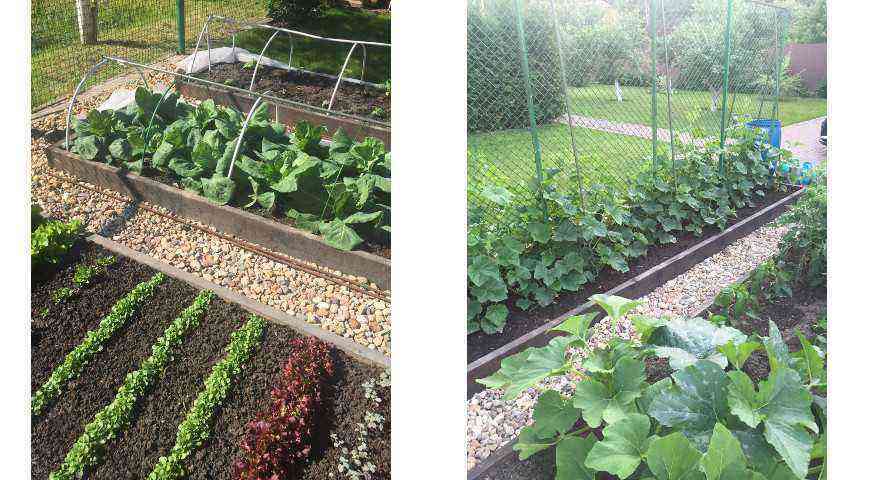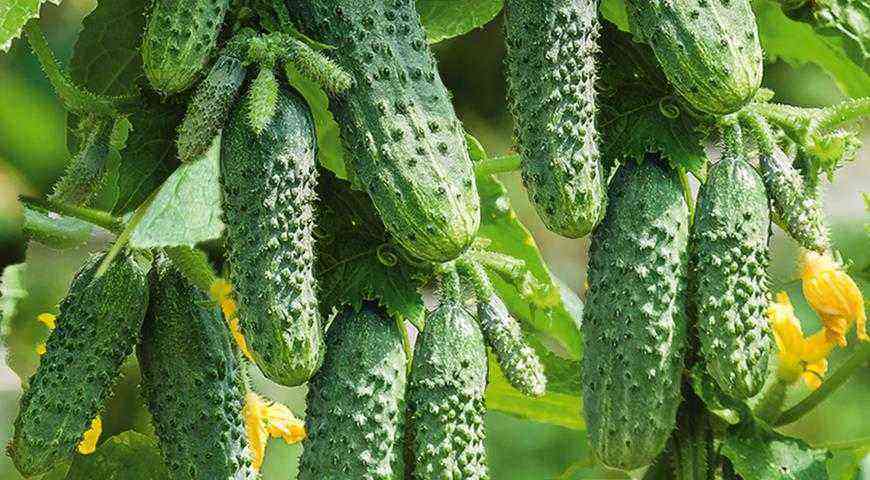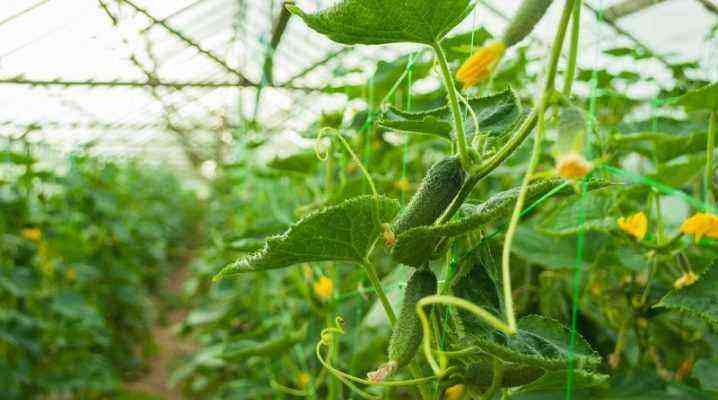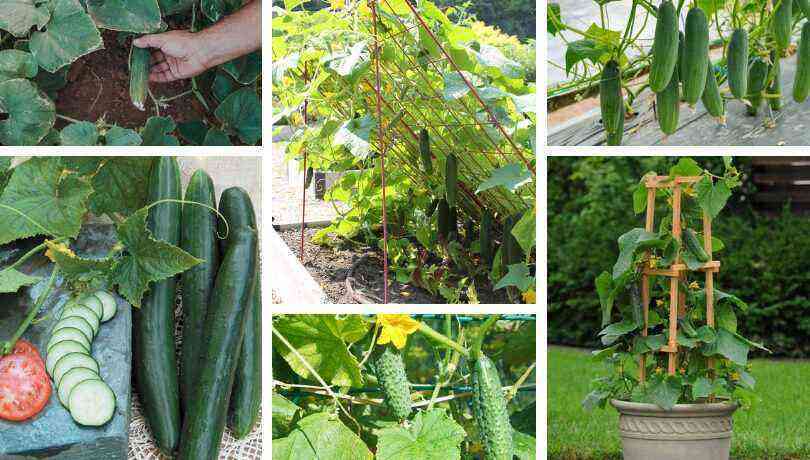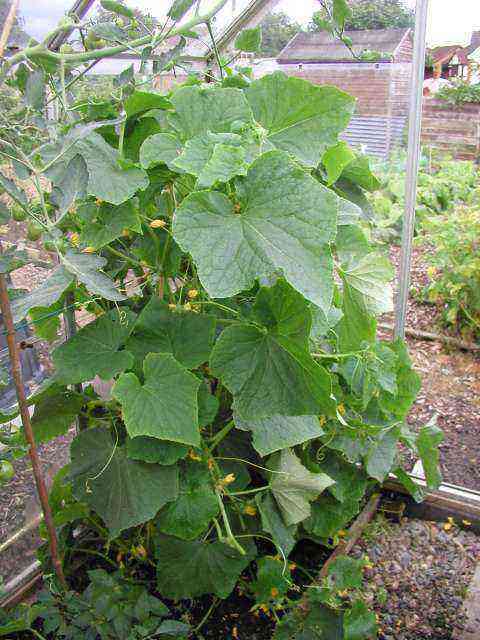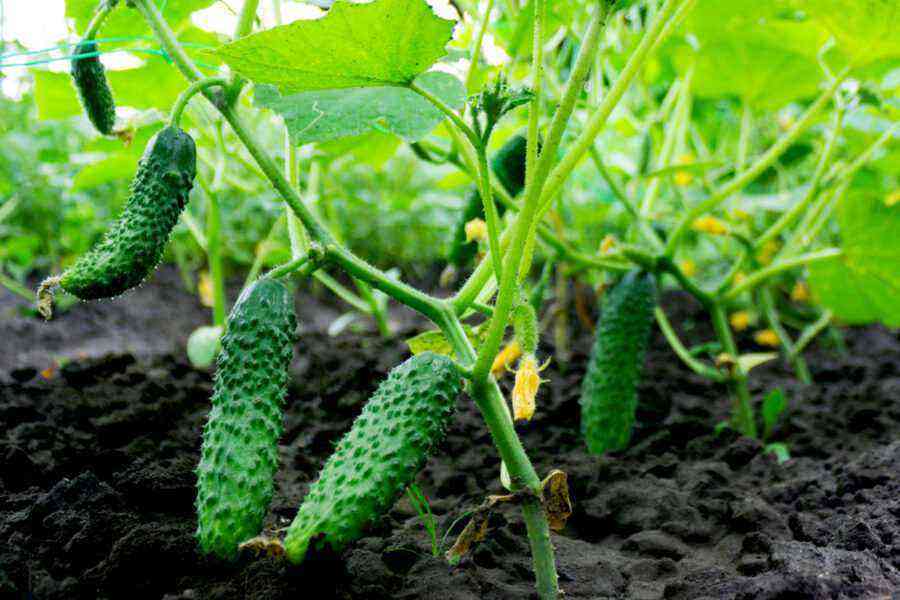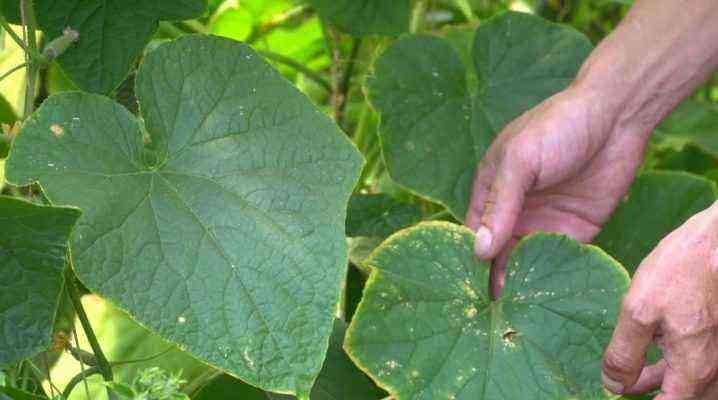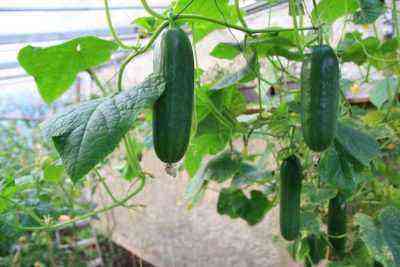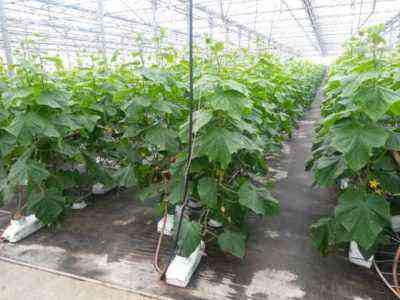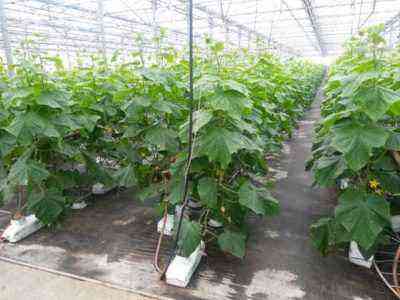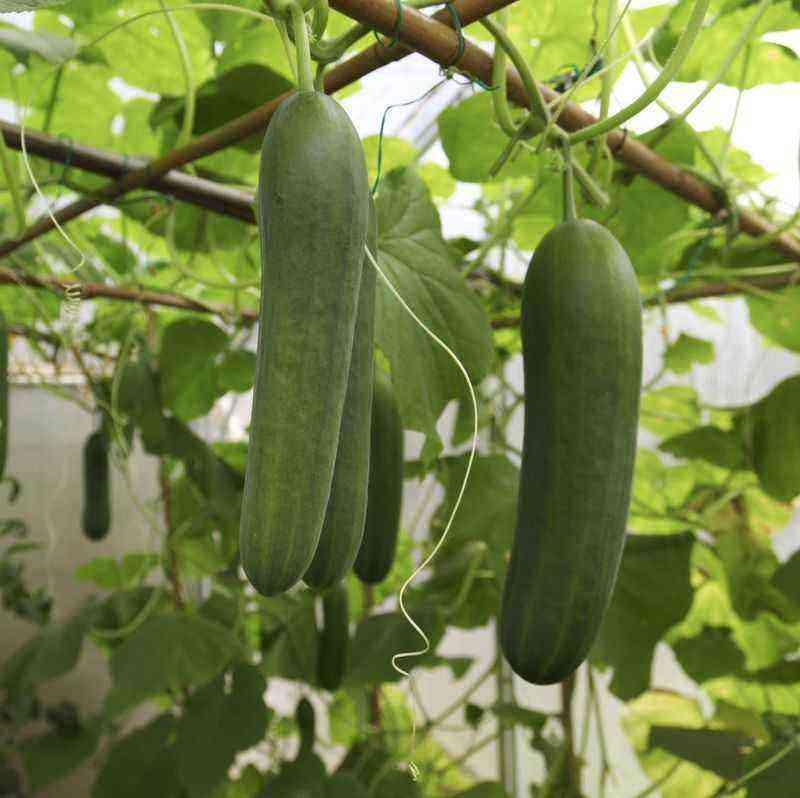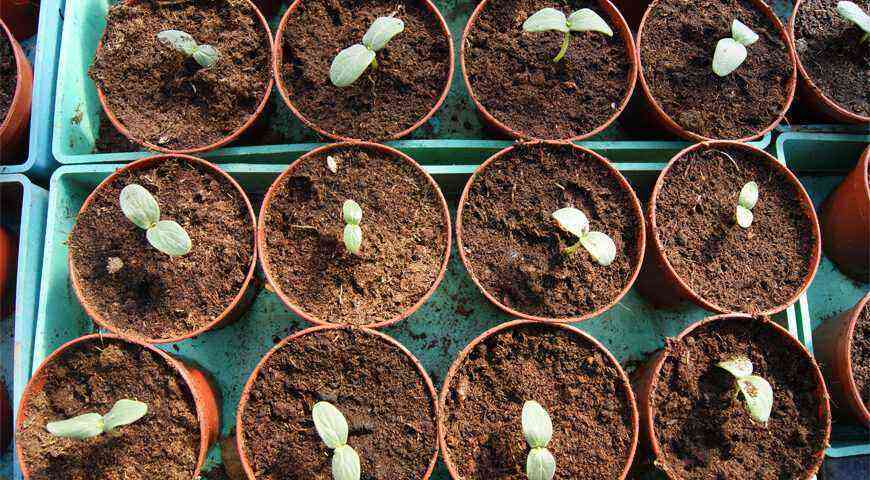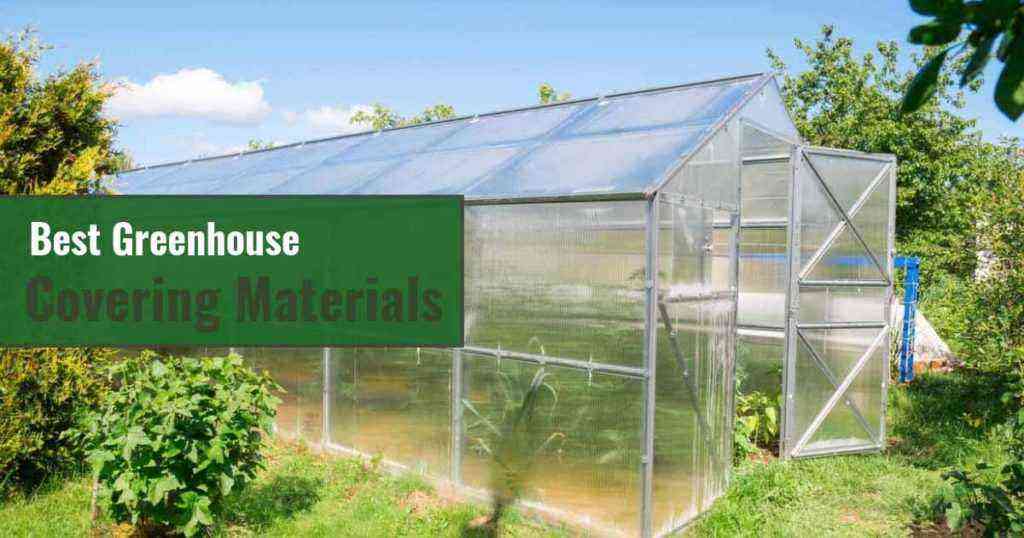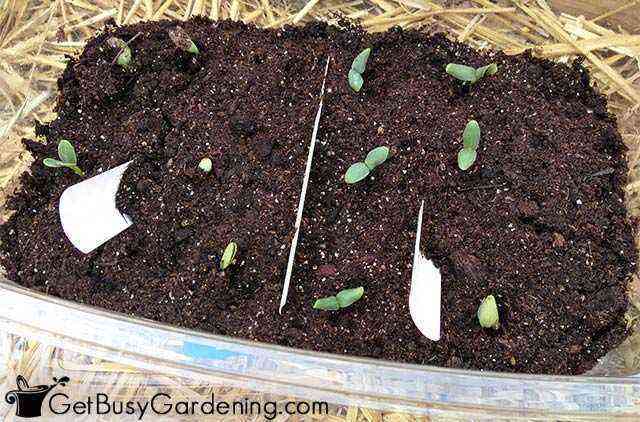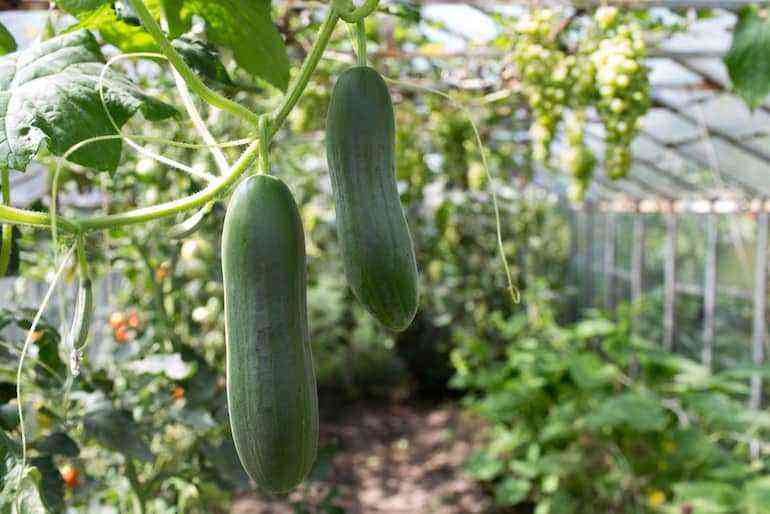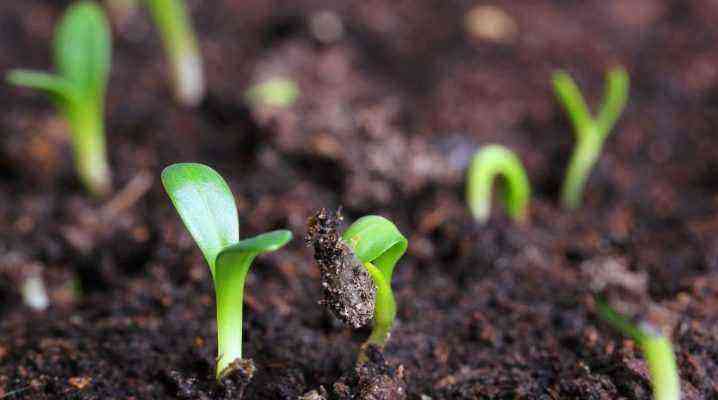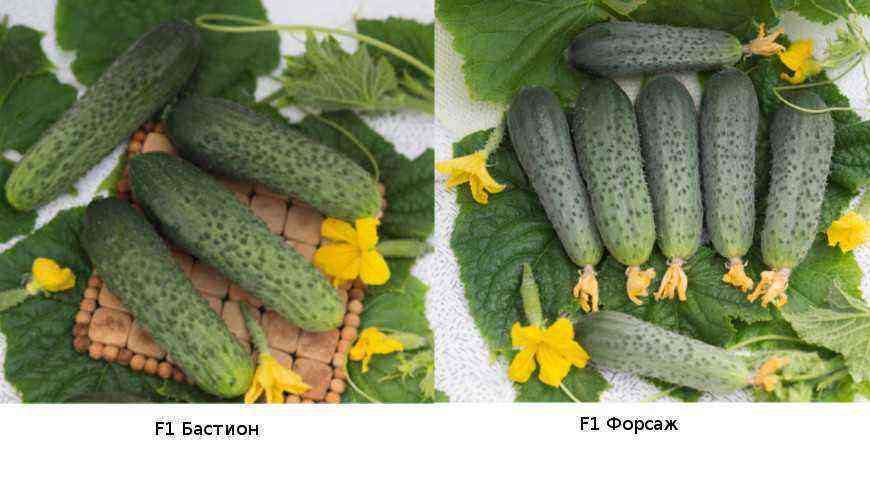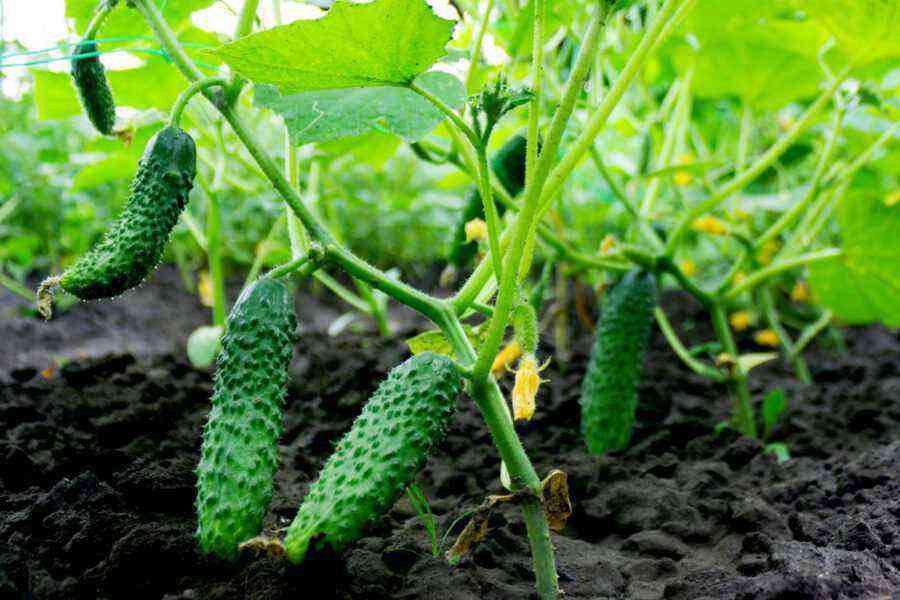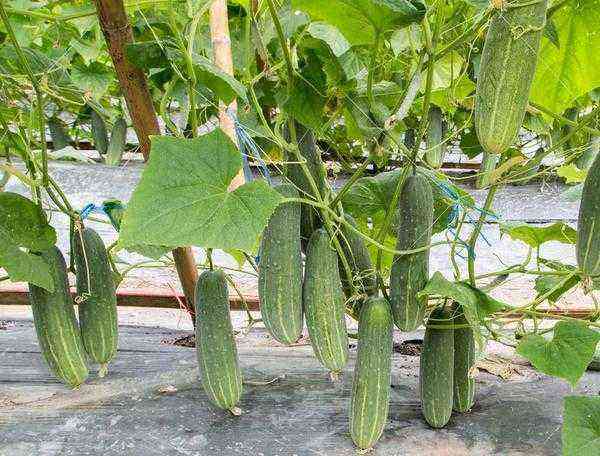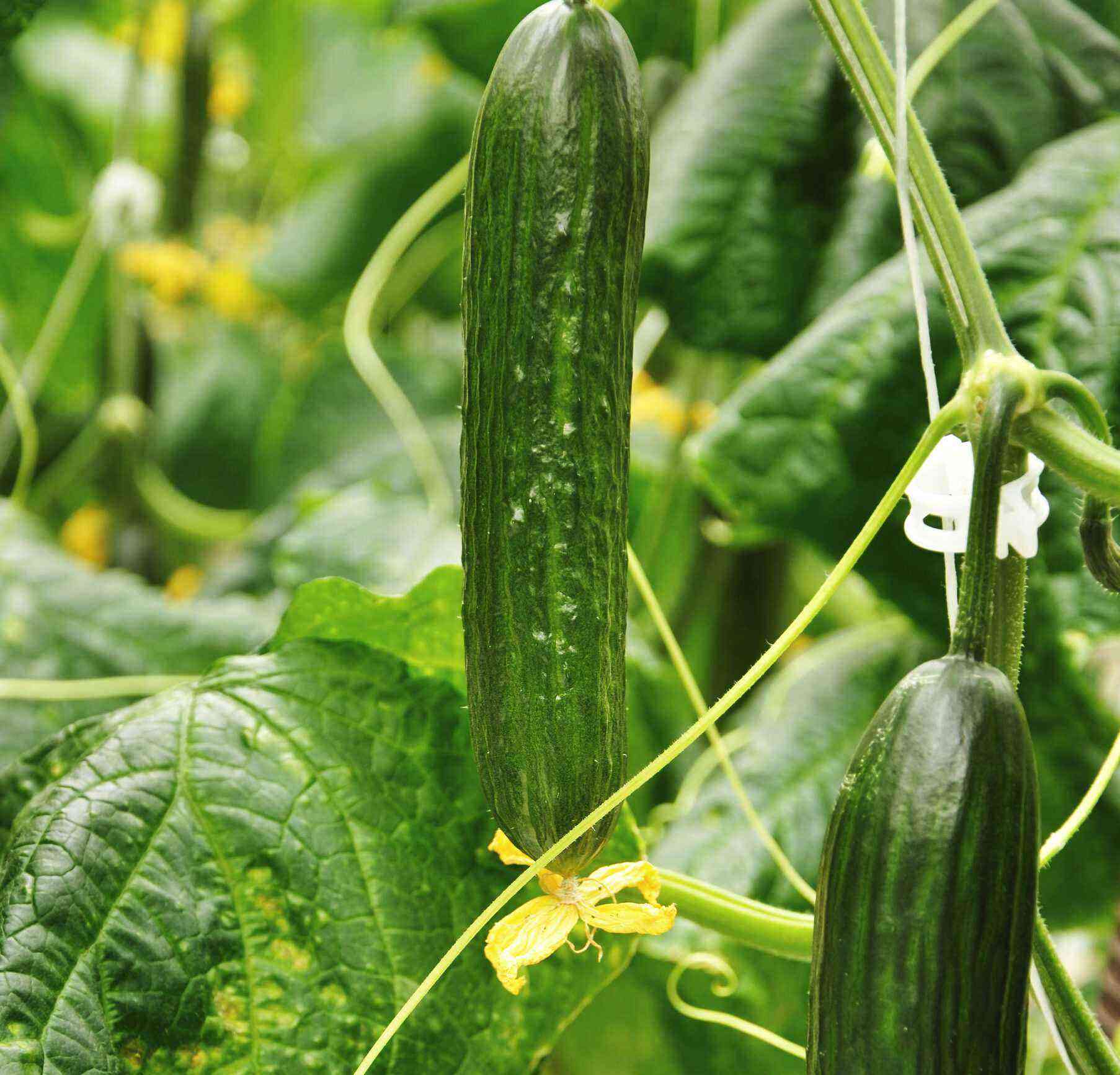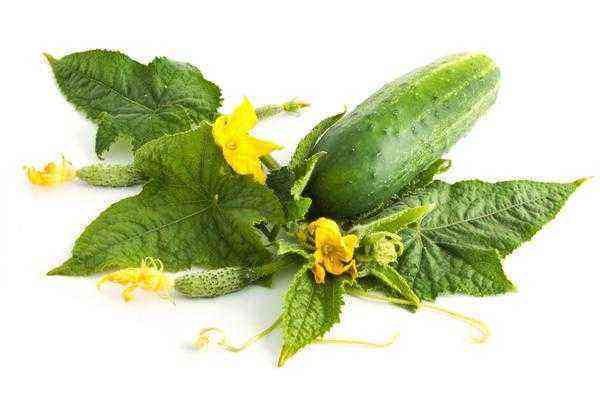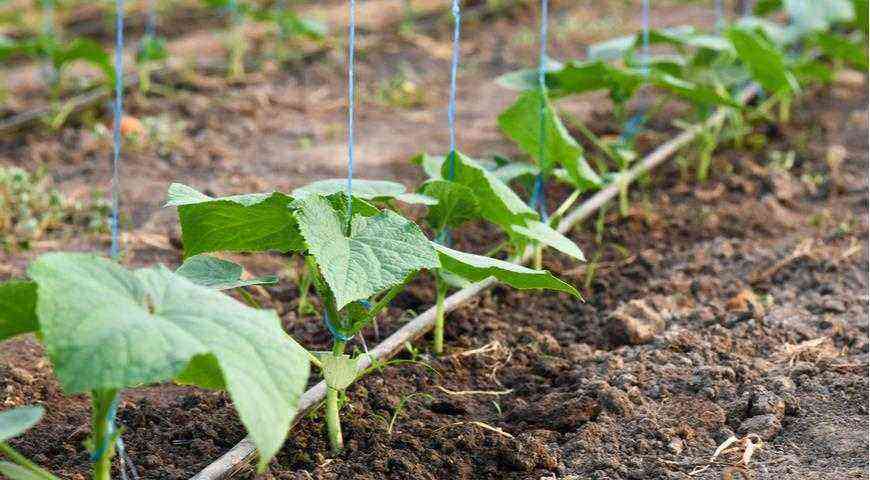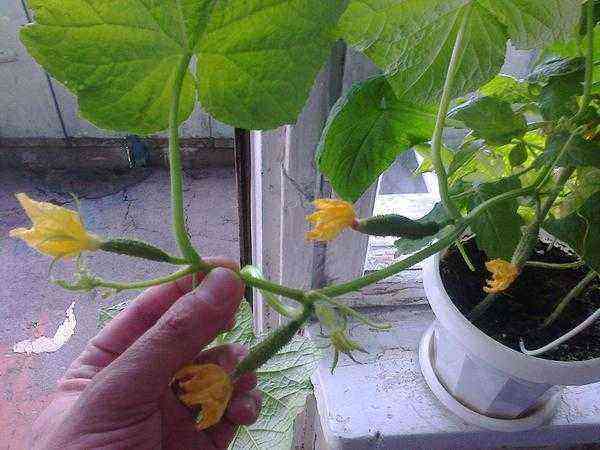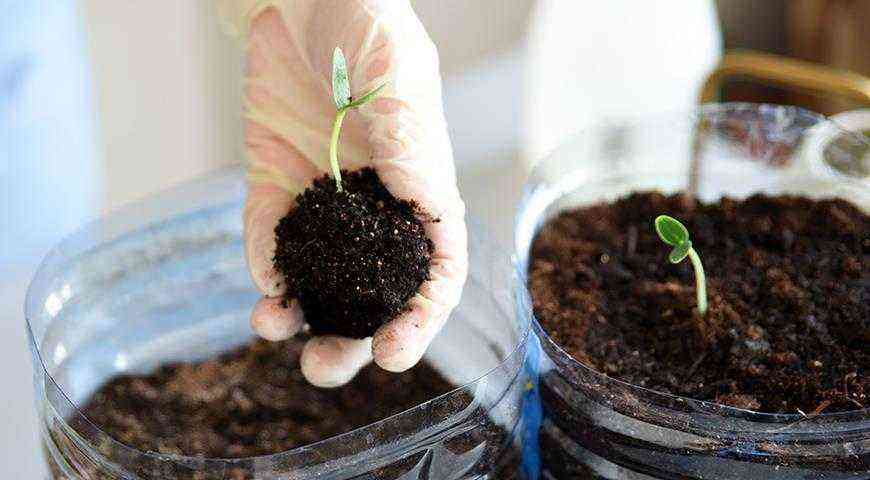What nutrient requirements for growing sweet cucumbers should be taken into account when drawing up a feeding program and buying fertilizers? Let’s take a look at the most important questions.
How much fertilizer is needed to grow sweet cucumbers
Knowing your soil type helps determine how much nutrients your cucumbers need. Sandy soils leach out vital substances and quickly become nutrient depleted. Heavy soils can retain nutrients, it is customary to reduce dosages on such soils. Adding compost before planting improves most garden soils. Organics enrich light sandy soils and lighten heavy clay soils.
You will find the maximum information about growing cucumbers in this collection >>>>>.
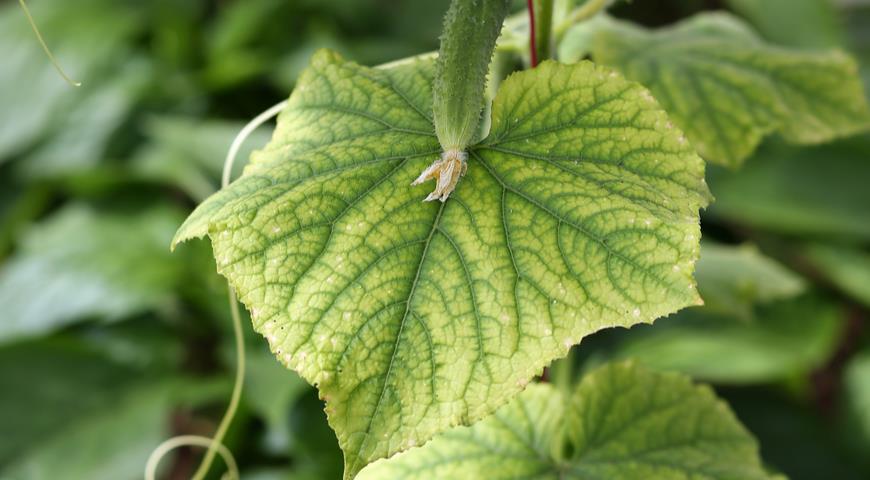
What fertilizers do cucumbers need
If in the fall or before planting all the recommended fertilizers are applied to the cucumber beds, we feed only organic matter in the season. If fertilizers were not applied in the fall or when planting, then in the season, in addition to organic matter, mineral fertilizers must be used. Cucumber plants are either watered with a nutrient solution under the root, or fed by spraying leaves and stems.
Organic. Natural ingredients such as nettle infusion, rotted manure, aged compost, ash, vermicompost, bone meal, etc.
Mineral. During the season, solutions of mineral fertilizers are most often used (superphosphate, urea, ammonium nitrate, complex and ready-mixed fertilizers). When preparing the beds and before planting, granular complex fertilizers are applied according to the instructions.
All organic matter is introduced in the fall when preparing the beds; in the spring, a month before planting, it is allowed to add aged compost and ash (60 g per 1 m2)
About what soil you need to plant cucumbers, read our detailed material here >>>>.
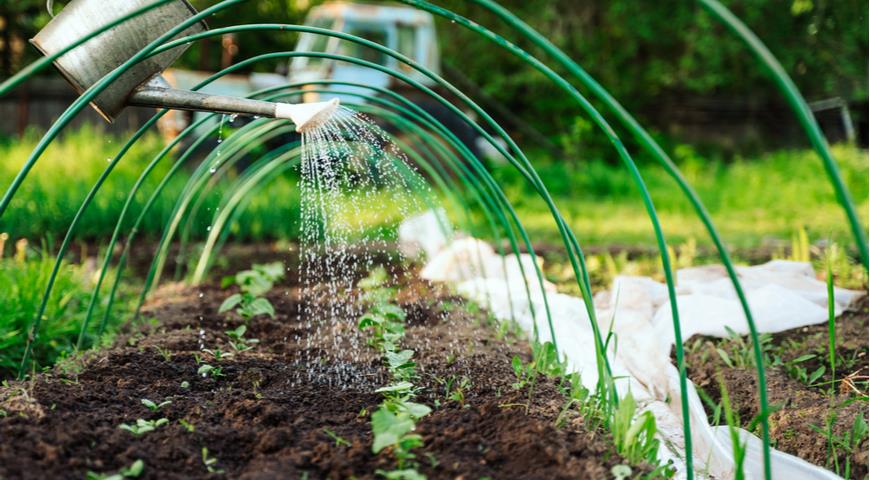
Precautions when fertilizing cucumbers with nitrogen
Cucumbers, contrary to popular belief, have low nitrogen requirements, but they require high levels of potassium and phosphorus during the fruiting stage. In the case of commercial fertilizer formulas, this means that the first of the three NPK numbers on the package must be lower, for example 5-10-10.
Beware of overfeeding cucumbers with high-nitrogen all-purpose formulas. For example, bags labeled 20-20-20 or 30-30-30 may stimulate cucumber growth, but not in the way you want. Instead of flowering and fruiting, nitrogen-fed cucumbers put their energy into growing vines, leaves, and shoots. High nitrogen fertilizers can also cause cucumber flowers to fail to open, resulting in no fruit.
What you need to know about nitrogen fertilizers, read here >>>>.
Should I be afraid to fertilize cucumbers with organic matter due to the accumulation of nitrates
Many plants, especially leafy vegetables, accumulate nitrate in low light conditions. Nitrates can be harmful to health. In order to take measures during the growth of vegetables that will reduce the content of nitrates, physiological knowledge about the conservation of nitrogen in the plant and a serious educational base are necessary. Therefore, it is important to remember one rule: it is impossible to abuse fertilizers in any case. It is necessary to act strictly according to the plan and not to exceed the dosages of fertilizers recommended by the manufacturer. It would be nice if someone in the family was responsible for top dressing, kept records and noted the dates and marks of fertilization.
Как get a good harvest of cucumbers >>>>>>.
Compost for cucumbers
The best fertilizer for cucumbers is well-seasoned compost. Compost contains only 2% nitrogen and is released slowly over many years. Compost will not cause runaway vegetative growth. Instead, it adds reserves of nutrients that remain available in the soil for a long time.
Compost can be applied annually as mulch or tilled before planting without causing excess nutrient buildup. This healthy organic also provides cucumbers with phosphorus, potassium and micronutrients. Compost mulch also helps reduce weed competition, so cucumbers get nutrients for the soil.
You can make your own compost or buy bagged commercial compost from most garden centers and nurseries. Work the compost into the soil a month before planting, or mulch the plantings.
How to prepare compost according to all the rules read here >>>>>>>>>
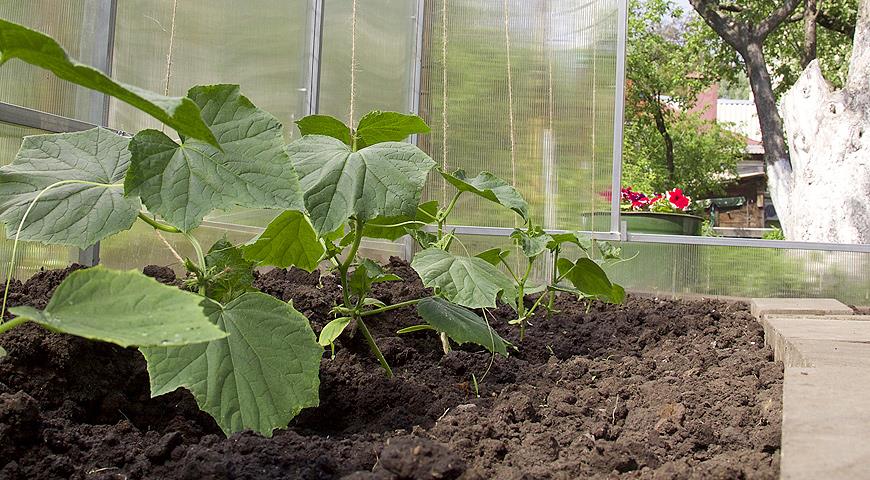
Ash for cucumbers
Wood ash is an excellent source of lime and potassium for your garden, containing 1-2% phosphorus, 7-10% potassium, and trace minerals such as iron, manganese, boron, copper, and zinc that cucumber plants need to thrive. But wood ash fertilizer is best either spread lightly a month before planting, or added to the compost ahead of time. This is due to the fact that when wet, wood ash releases lye and salts. Small amounts of lye and salt won’t cause problems, but large amounts can burn your plants.
Ash’s largest component is calcium carbonate, making it useful as a calcareous agent to neutralize acidic soil. So this is clearly not an ideal supplement if your soil pH is already 7,5 or higher.
Define soil acidity can be done by a simple method here >>>>>
What is the best way to feed cucumbers?
In fact, and this is not a secret, cucumbers will yield a crop without any top dressing. But we are here to speculate about the ideal world order. Then the owner’s beds have been filled with organic matter since autumn, and for the summer there is a mineral water and a solution of organic matter for foliar top dressing. In warm weather, plants are able to assimilate top dressing from root solutions; in cold and cloudy weather, fertilizers are given per leaf, spraying the plants with the desired solution.
Read more about what affects the sweetness of cucumbers in the article: Why are cucumbers bitter?
Is it possible to pour urine under cucumbers?
This question is on the agenda in almost every garden. Especially if there are small children in the family and a potty is in use. Bioresources specialists from the University of Eastern Finland investigated the effect of human urine application on cucumber plants in northern climates. The urine used contained a large amount of nitrogen with some phosphorus and potassium, and the number of intestinal microorganisms was low. The yield of cucumbers after fertilization with urine was similar or slightly better than the yield of control rows fertilized with commercial mineral fertilizers. None of the cucumbers contained intestinal microorganisms (coliforms, enterococci, coliphages and clostridia). When judging the taste, 11 out of 20 people were able to recognize which of the three cucumbers was different, but they did not prefer one over the other, as they were all rated equally good. You can read more about this study here: https://www.researchgate.net/publication/7359498_Pure_Human_Urine_Is_a_Good_Fertiliser_for_Cucumbers
How to feed cucumber seedlings
If you are growing cucumbers in seedlings and you have to transport the plants to the planting site, it is better not to feed the seedlings. The more compact and tight-fisted the lashes are, the easier the move will be.
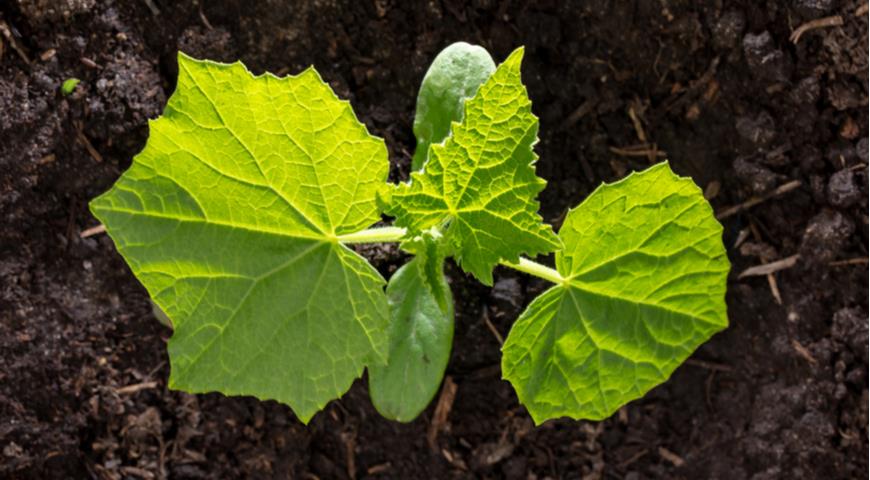
If you sell cucumber seedlings and you need its presentation, or it looks weak and oppressed, when two true leaves appear, give root dressing with a solution of nitrophoska (1 tablespoon per 10 liters of water) after watering with plain water – about 200 ml per plant. If there is no nitrophoska, make a mixture in equal proportions: potassium salt, ammonium nitrate and superphosphate (10 g per 10 liters of water).
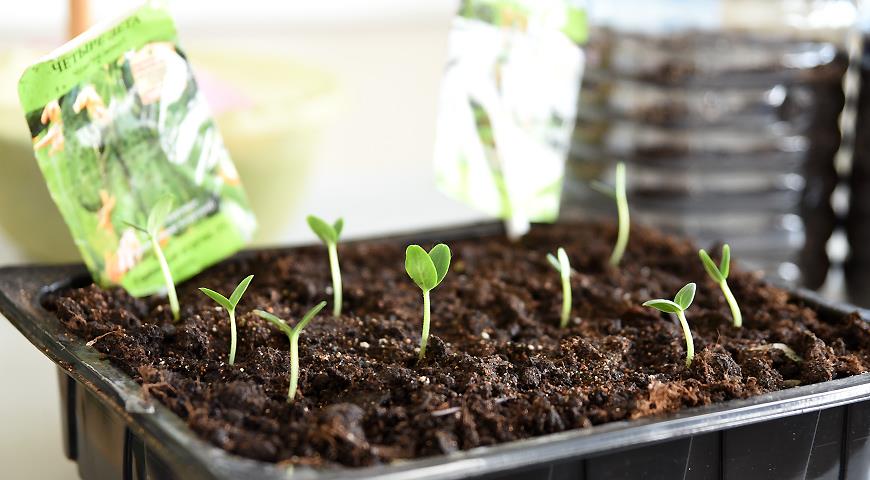
When the third pair of leaves appears, potassium sulfate is used (1 tsp per 10 liters of water). The solution should not fall on the leaves. The procedure is repeated after 3 weeks.
You can use specialized fertilizers for seedlings and follow the manufacturer’s instructions.
The fact how to grow strong seedlings of cucumbers, read here >>>>>>.
How to feed cucumbers in a greenhouse
It is assumed that all the necessary fertilizers were applied on time, the soil was mulched. And for some reason, the owner is restless in his soul, so a person wants to fall in love with someone. Then so be it:
Two weeks after planting seedlings in a greenhouse in warm weather, pour cucumbers with a solution of urea (1 tablespoon per 10 liters of water) and superphosphate (60 g per 10 liters of water). If fertilizers have not been applied, or it is more convenient for you to plow the granules, use a ready-made complex or distribute 1 tbsp with a shallow plow. ammophoska for every 1 m2.If cucumbers slow down and do not grow, pour them with a solution of slurry (1: 8) or a solution of other available organics: chicken manure, herbal infusion.
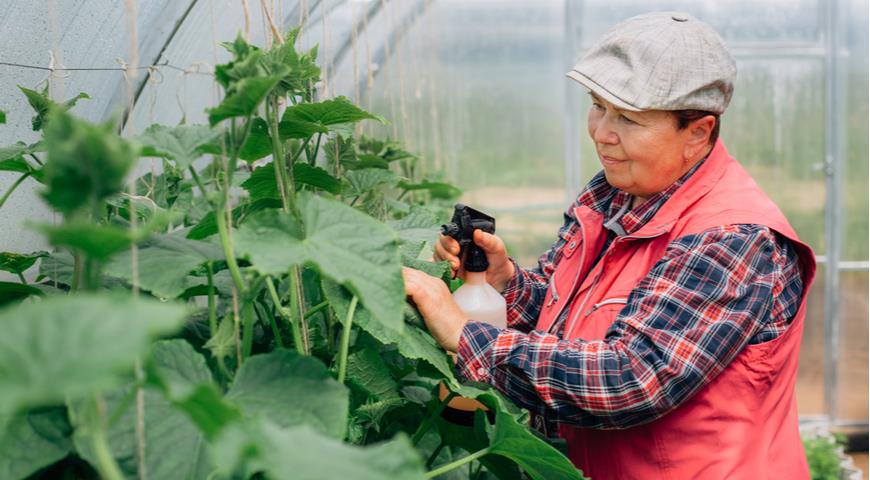
The next top dressing is in the flowering phase. Water the plants with a solution: ammonium nitrate (30 g) + superphosphate (40 g) + potassium nitrate (20 g) per 10 liters of water. If the weather is cold, give fertilizer to the leaves: a solution of superphosphate (2 tablespoons per 10 liters of water). Feeding with boric acid (¼ tsp per glass of water, add 2 crystals of potassium permanganate) will help activate the flowering of cucumbers.
At the finish line, cucumbers are fed when the fruits have appeared. Urea (50 g per 10 liters of water) or potassium nitrate (2 tablespoons per 10 liters of water) is added under the root after watering. According to the leaf, it is good to give foliar top dressing with a solution of borage or nettle infusion (dilute the finished infusion in a ratio of 1: 5).
How to feed cucumbers in hydroponics
Are all the cucumbers that we buy in stores all year round absolutely free from the so-called chemistry? Of course not. Cucumbers can be grown in greenhouses on various soilless media such as perlite, mineral wool, peat, etc.
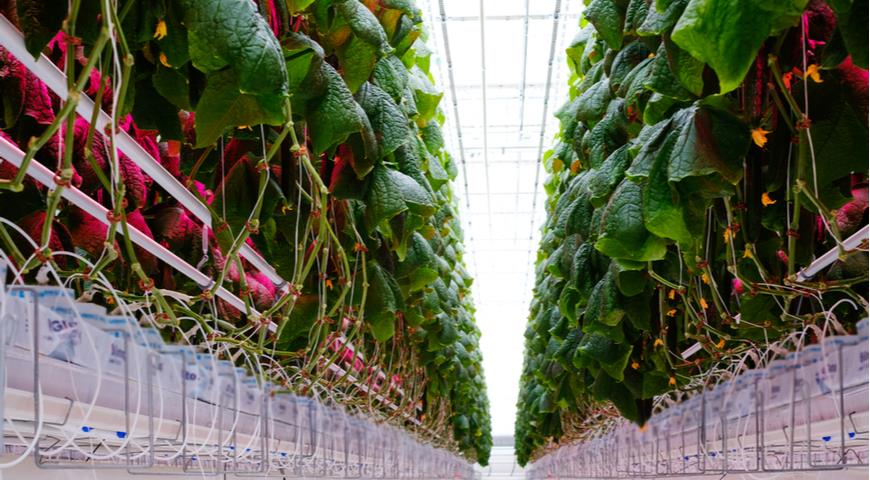
The pH level in the nutrient solution should be maintained at 6,0 – 6,5; the level of nitrites, nitrates, ammonium and electrolytes is quite difficult and painstakingly monitored. But our curiosity stumbled upon a study (Schenk and Wehrmann, 1979) that lists the micronutrient requirements of cucumbers. It follows from this that on neutral media (the notorious hydroponics), the need for cucumbers in nutrients is quite high (g / m3) and fertilizers are applied hoo:
- At the flowering stage
- N 180
- P2O5 90
- К2180
- CaO 100
- MgO 40
- At the fruiting stage
- N 240
- P2O5 90
- К2170
- CaO 200
- MgO 80
Cucumber fertilizer in containers
To grow a small amount of cucumbers in containers, it is enough to mix the compost with the soil. You can also add a low nitrogen high potassium sustained release granular fertilizer with an NPK ratio close to 2-3-6. Add a complex fertilizer when planting (1 tbsp per pot), apply a complex top dressing when you see the first true leaves. For large containers over 30 cm in diameter or multiple plants in the same pot, increase the quantity accordingly.
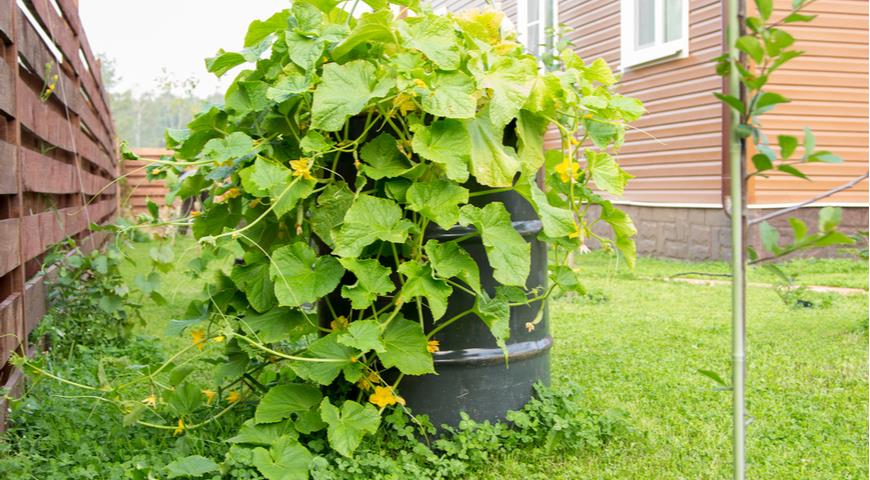
Once the cucumbers show true leaves, apply a water-soluble, low-nitrogen, high-potassium fertilizer weekly. Fertilize weekly at half strength, mixing 1/2 tbsp. l. fertilizer with 1 bucket of water. Foliar feeding is effective in warm weather.
You can learn about potash fertilizers in this article >>>>.
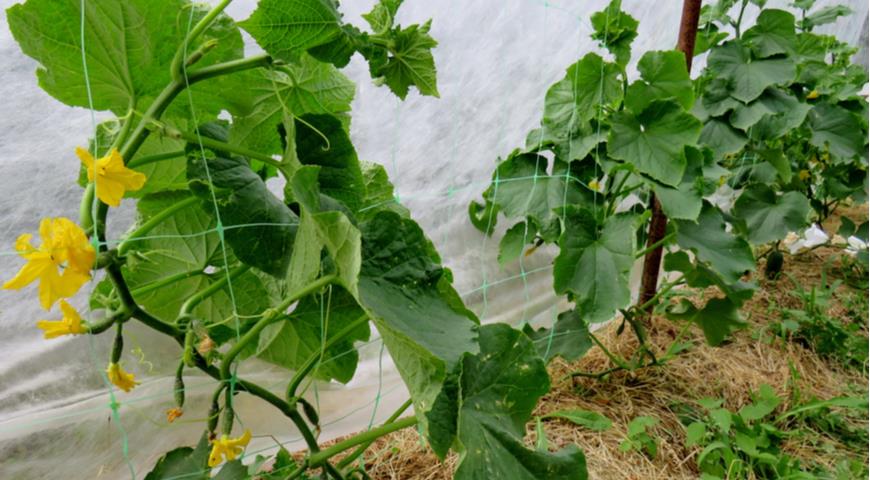
Ready-made fertilizers for cucumbers
Many companies produce ready-made fertilizer kits for the comprehensive supply of mineral nutrition to various crops for the entire growing season: from seed treatment to fruiting. The kits contain instructions for the use of fertilizers.
You can buy complex fertilizers with the optimal set of macro- and microelements for feeding cucumber plants through watering and foliar feeding. Each fertilizer manufacturer produces a special line either for vegetables in general or for a specific crop – strawberries, root crops, tomatoes, cucumbers. We cannot advertise brands within the framework of this article, but we strongly recommend that you pay attention to modern developments. Fertilizers “All macro- and microelements in one granule” (for example, 5M) do not harm the environment, do not accumulate in the soil in the form of salts and do not form insoluble compounds. Fertilizers of the new generation (3.0) carefully restore soil fertility, gradually release nutrients to plants during the growing season, acting effectively and safely, while significantly reducing the nitrate content in fruits.
What new and interesting fertilizers have appeared on the market, you can find out in this selection >>>>.
And finally. Do not add yeast under cucumbers, do not fight weeds with salt.


